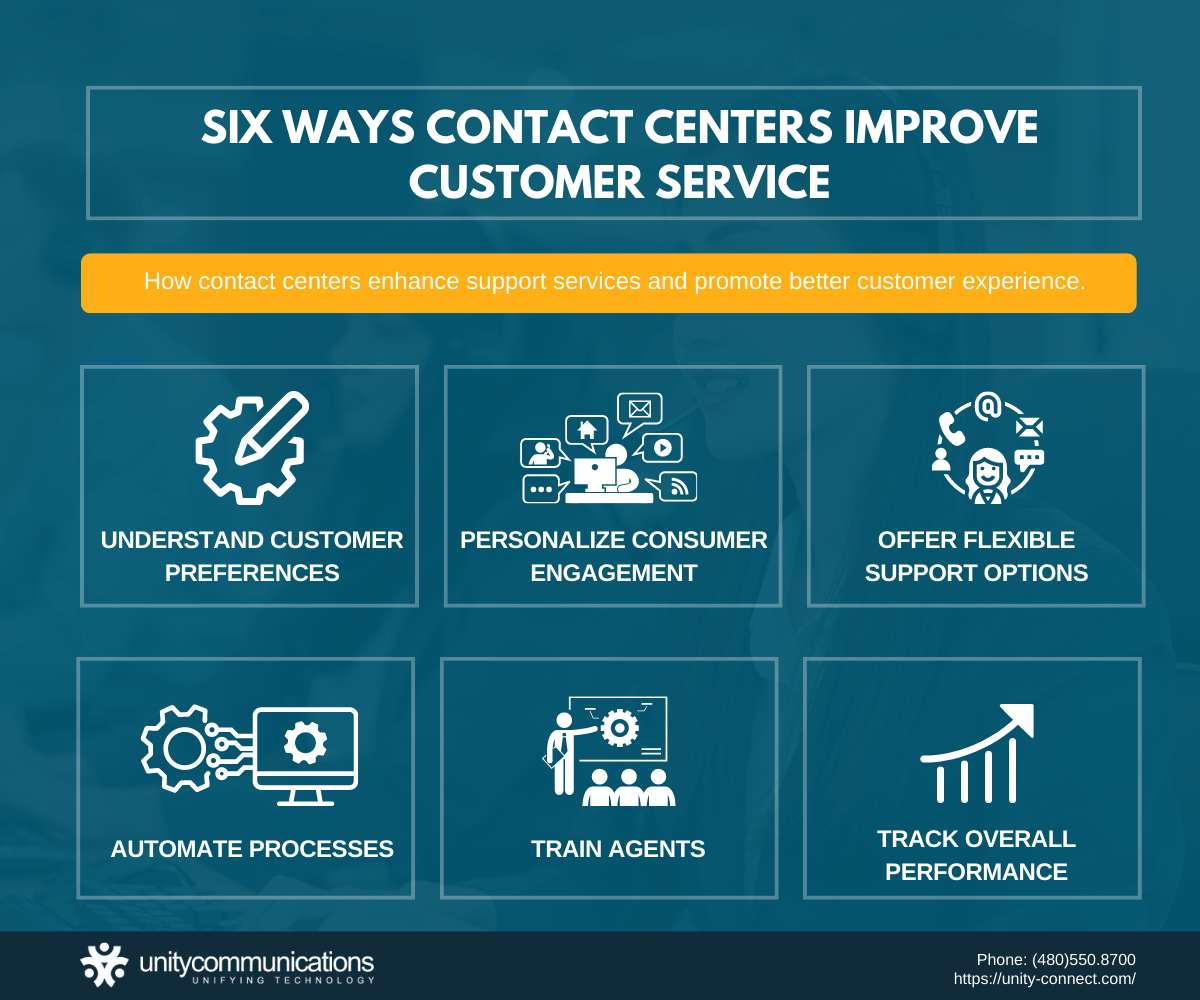How Can You Improve Customer Service

In today's competitive market, providing exceptional customer service is no longer a luxury but a necessity. Businesses across various sectors are constantly seeking innovative strategies to enhance customer interactions and build lasting relationships. This article explores actionable steps companies can take to elevate their customer service game and stay ahead of the curve.
The core of improving customer service lies in understanding and meeting customer expectations. Effective communication, empathy, and proactive problem-solving are crucial elements. Focusing on these key areas can significantly impact customer satisfaction and loyalty.
Understanding Customer Needs
To provide outstanding service, businesses must first deeply understand their customer base. Gathering feedback through surveys, focus groups, and social media monitoring is essential. Analyzing this data helps identify pain points and areas where improvement is needed.
"The key is to listen, truly listen, to what your customers are telling you," says Janice Miller, a customer service consultant with over 20 years of experience. She emphasizes the importance of actively seeking and acting upon customer feedback.
Personalization and Customization
Customers appreciate personalized experiences. Tailoring services and communications to individual needs can create a sense of value and loyalty. Using customer data to personalize interactions, such as offering relevant product recommendations or addressing them by name, can make a significant difference.
"Generic responses are a thing of the past," states a recent report by the Customer Experience Professionals Association (CXPA). The report highlights that customers are increasingly expecting personalized service that caters to their specific requirements.
Empowering Employees
Customer service representatives are the face of the company. Empowering them with the necessary tools, training, and authority to resolve issues independently is critical. This not only improves response times but also boosts employee morale.
According to a study by Gallup, employees who feel empowered are more engaged and productive. This translates directly to better customer service and increased customer satisfaction.
Investing in Training
Comprehensive training programs are essential for equipping employees with the skills to handle diverse customer inquiries. These programs should cover product knowledge, communication techniques, and problem-solving strategies. Regular refresher courses are also important to keep employees up-to-date on the latest industry trends and company policies.
Role-playing scenarios and simulations can help employees practice handling challenging situations. This prepares them to confidently address customer concerns and provide effective solutions.
Streamlining Communication Channels
Offering multiple communication channels is crucial in today's digital age. Customers should be able to reach out through phone, email, chat, social media, and self-service portals. Providing consistent and seamless experiences across all channels is essential.
Ensuring quick response times across all channels is critical for customer satisfaction. Establishing clear service level agreements (SLAs) and monitoring performance metrics can help maintain optimal response times.
Leveraging Technology
Technology plays a vital role in improving customer service. Customer relationship management (CRM) systems can help track customer interactions and personalize service. Chatbots can provide instant support for common inquiries, freeing up human agents to handle more complex issues.
Artificial intelligence (AI) powered tools can analyze customer data to identify patterns and predict future needs. This enables businesses to proactively address potential problems and offer targeted solutions.
Proactive Problem Solving
Anticipating and addressing potential issues before they escalate is a hallmark of excellent customer service. Regularly monitoring customer feedback and identifying recurring problems can help businesses develop proactive solutions.
Reaching out to customers after a purchase or service interaction to gather feedback demonstrates a commitment to continuous improvement. This also provides an opportunity to address any concerns and build stronger relationships.
Quote from "The Effortless Experience", a book analyzing customer service best practices:
"Delighting customers doesn't build loyalty; reducing their effort does."
In conclusion, improving customer service requires a multifaceted approach. By understanding customer needs, empowering employees, streamlining communication channels, and proactively addressing problems, businesses can create a positive customer experience that fosters loyalty and drives growth. Continuous monitoring and adaptation are essential to staying ahead in the ever-evolving landscape of customer service.
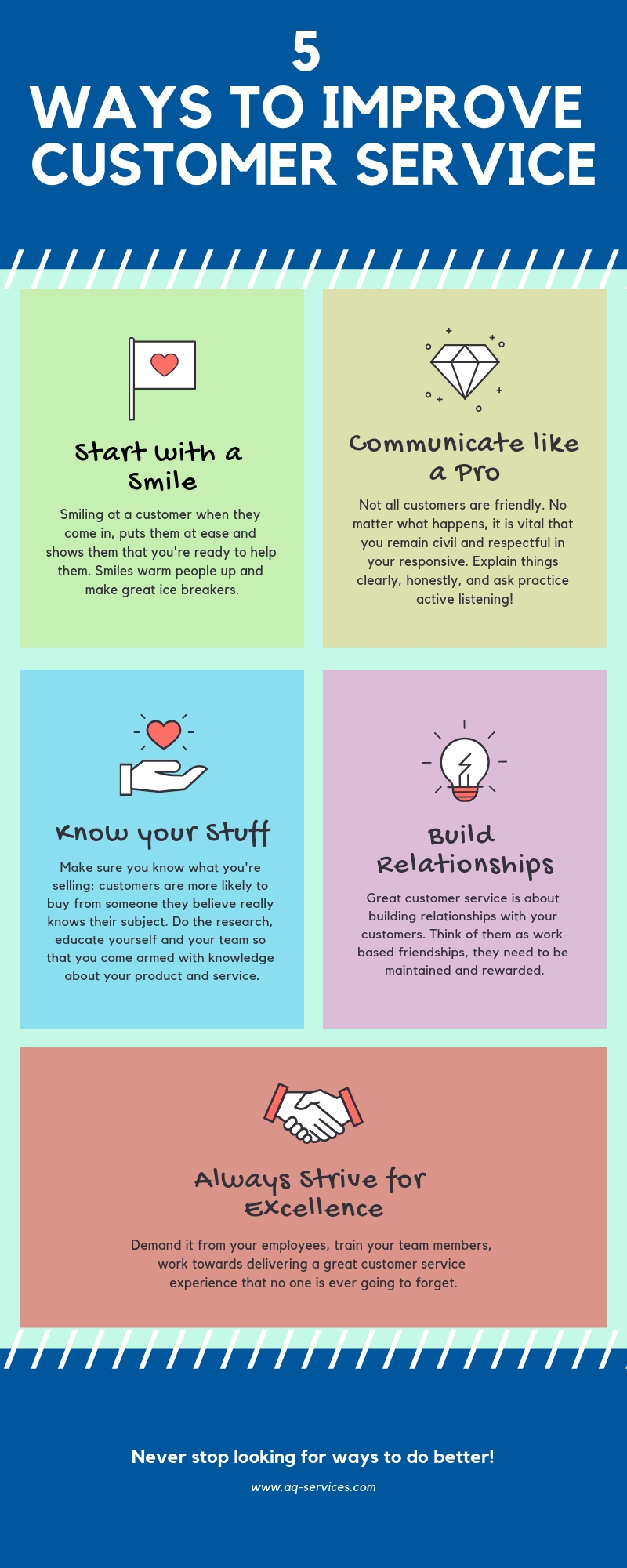
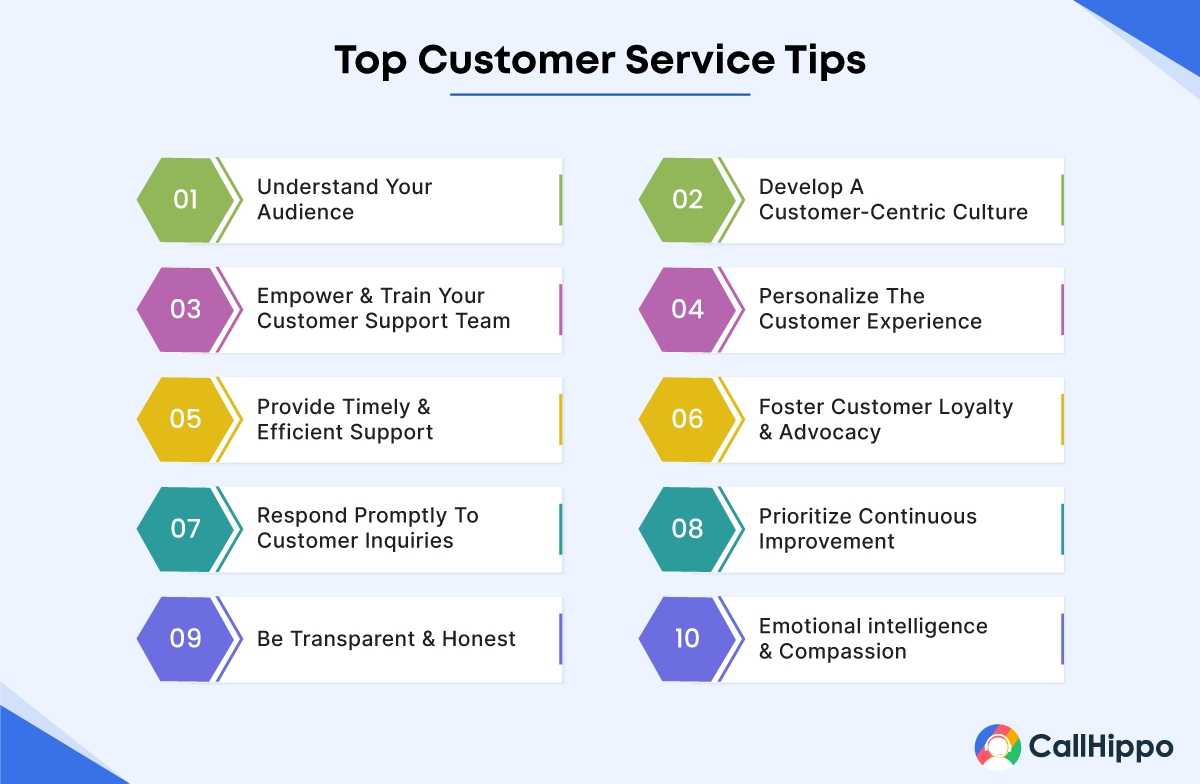
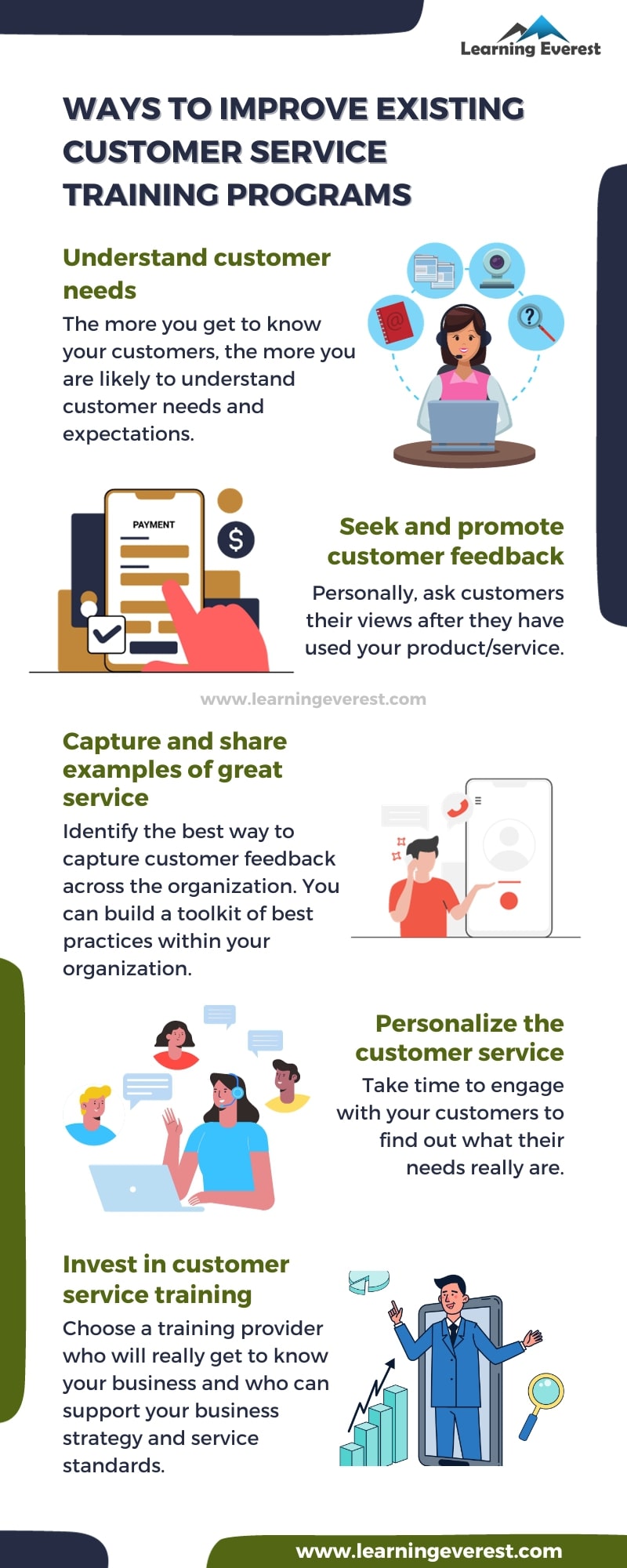


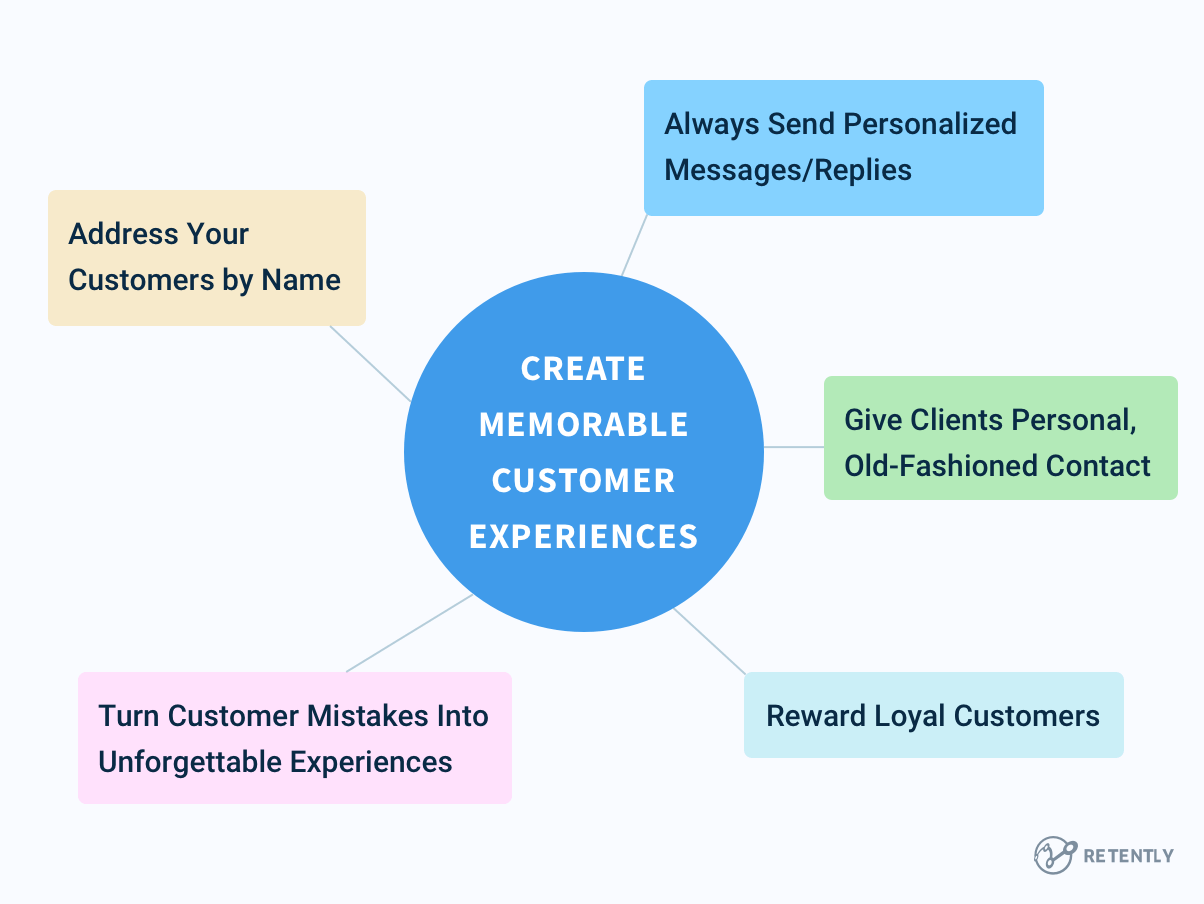

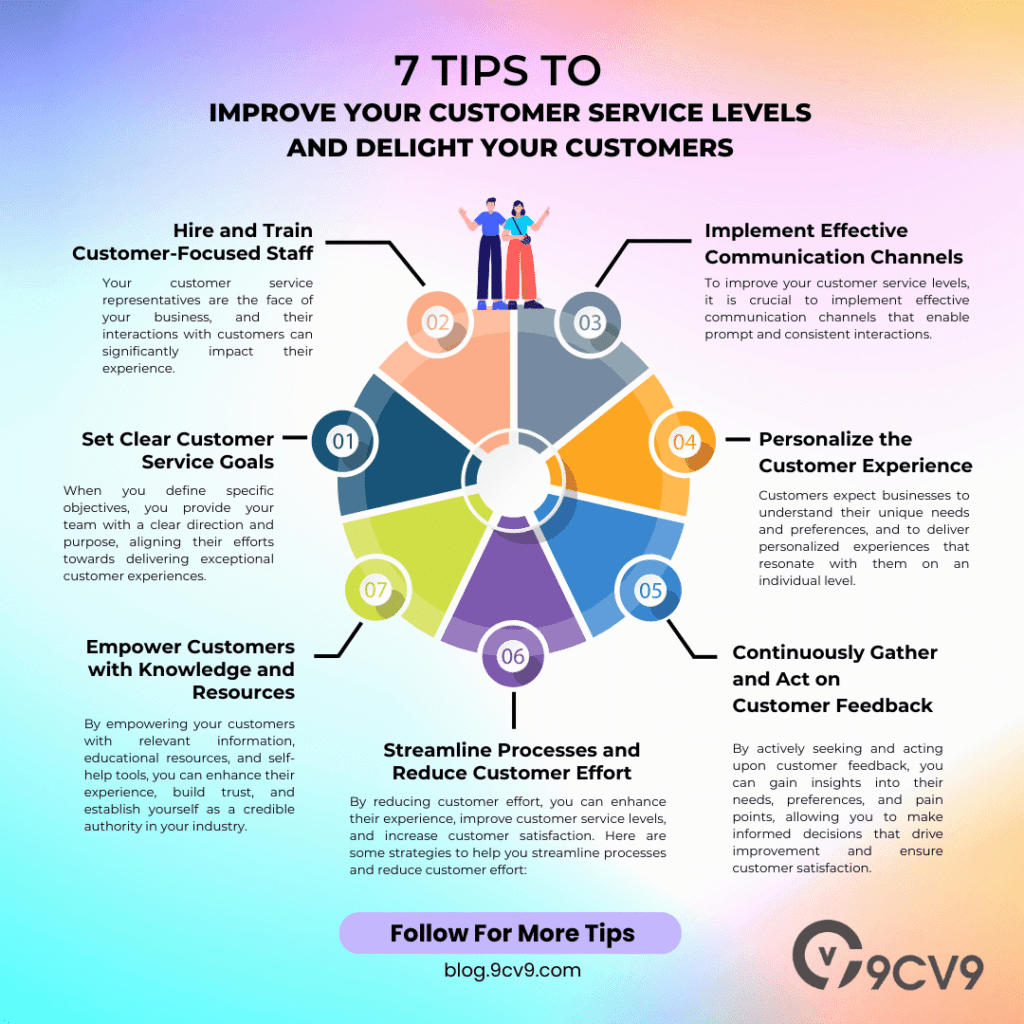

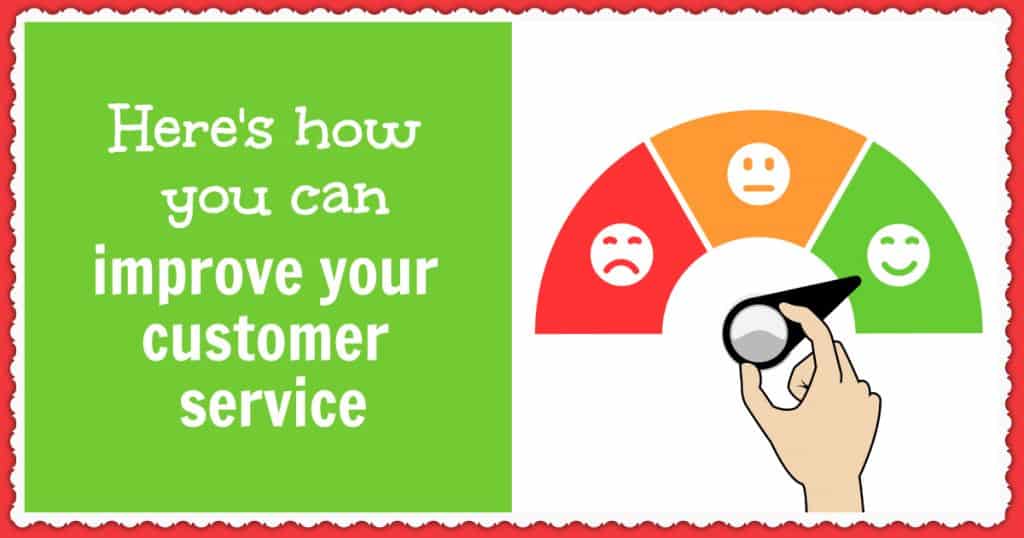

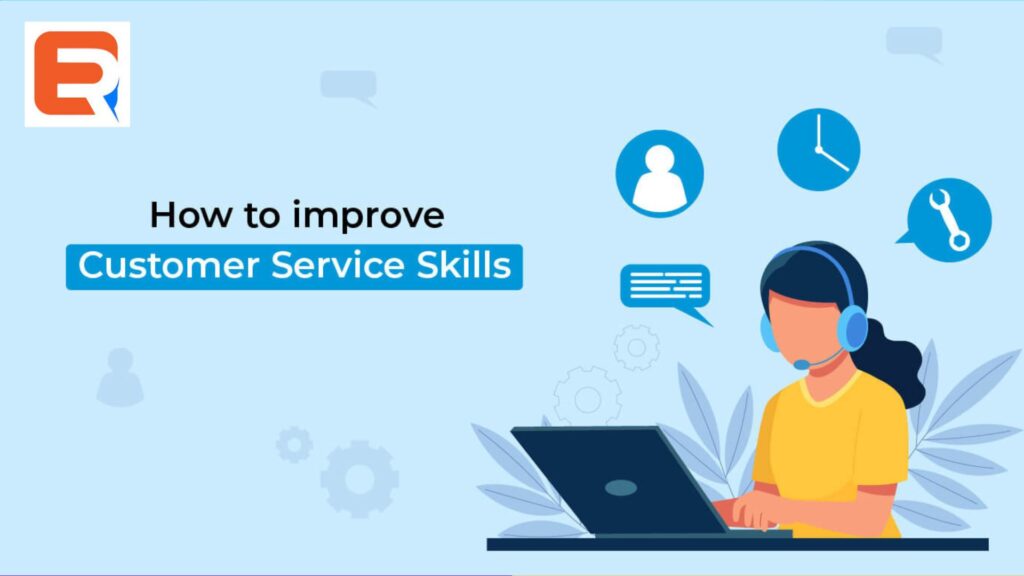

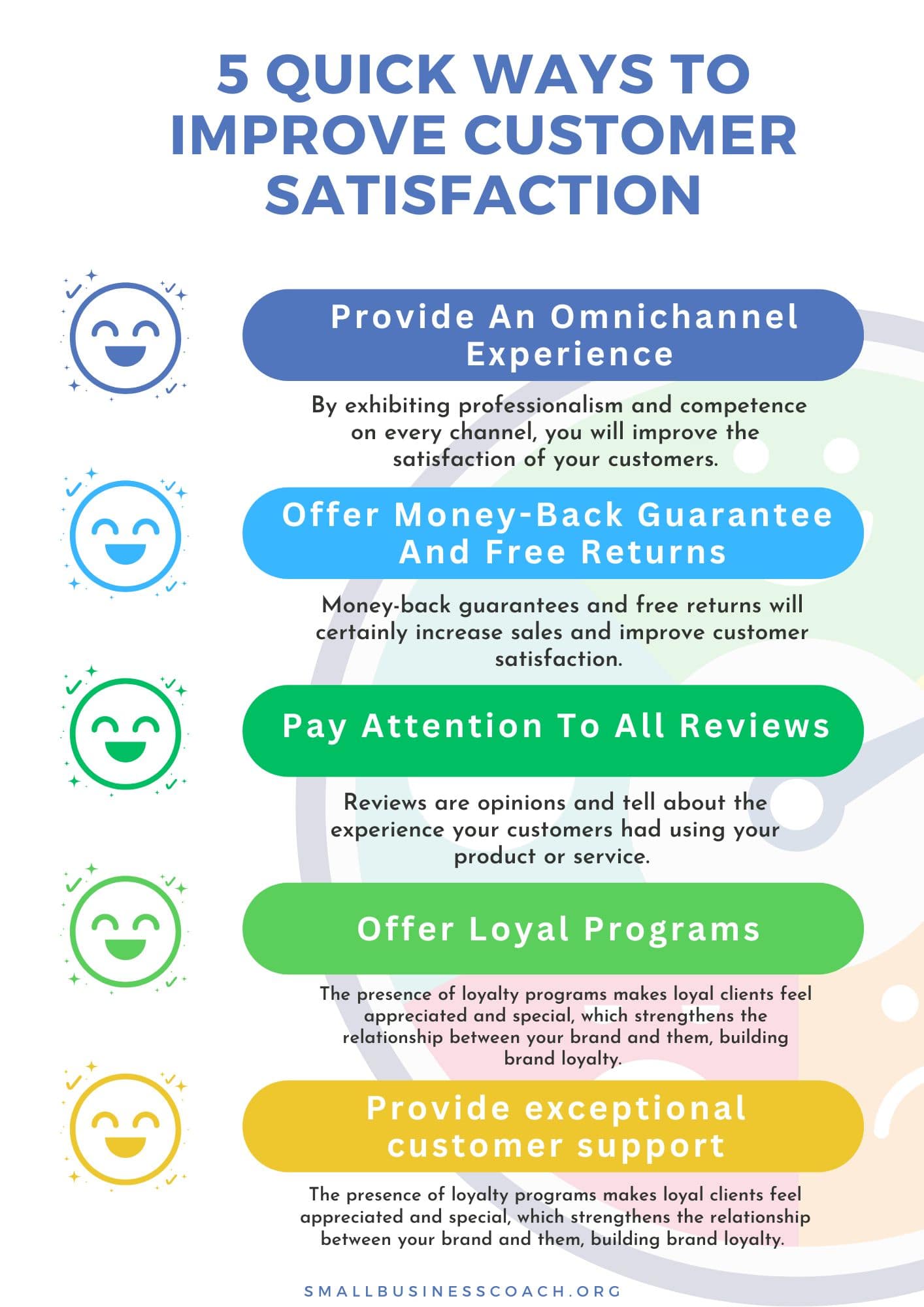
![How Can You Improve Customer Service AI Customer Service: All You Need to Know [+Examples]](https://www.tidio.com/wp-content/uploads/How-does-ai-impact-customer-service-min-1200x1049.png)
